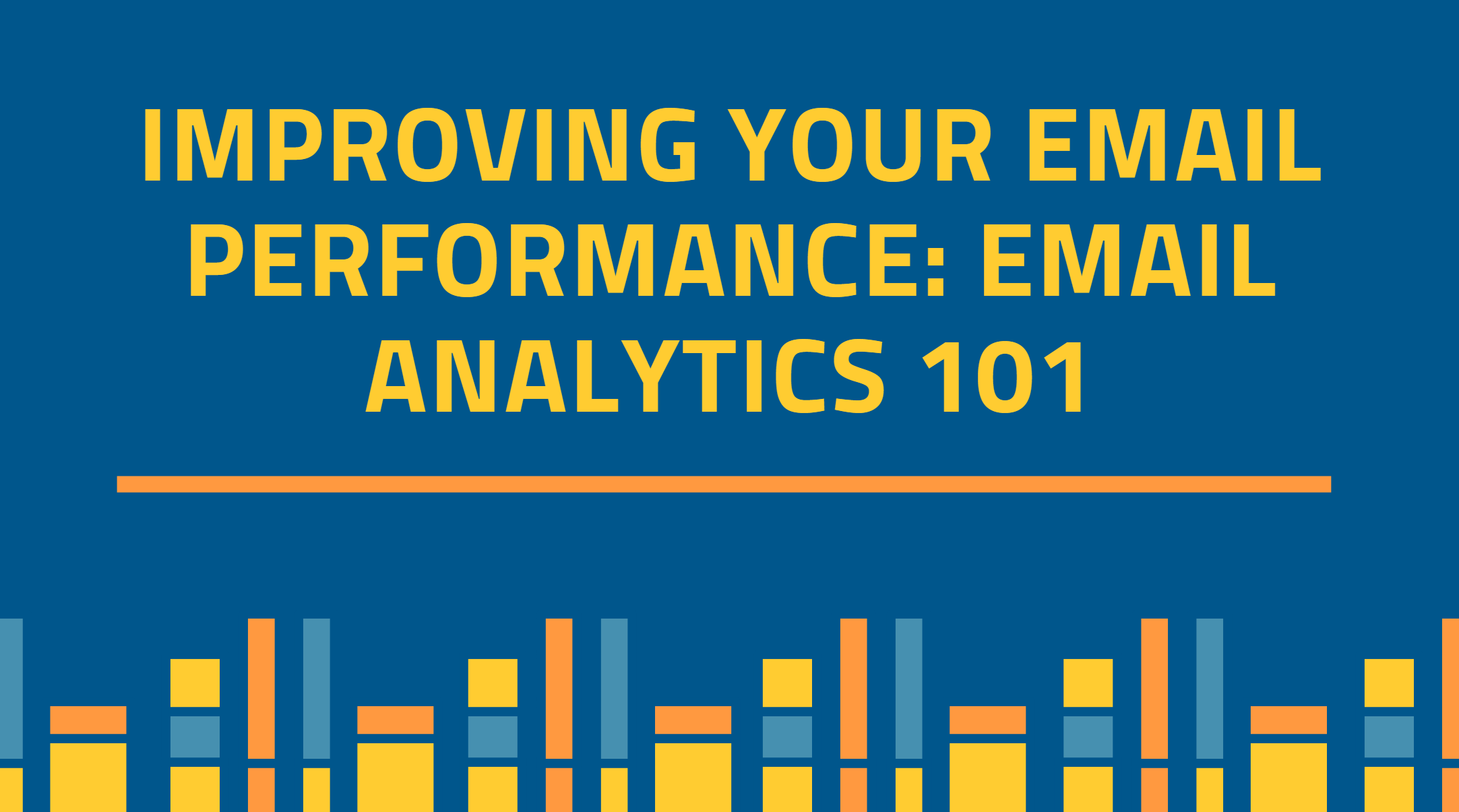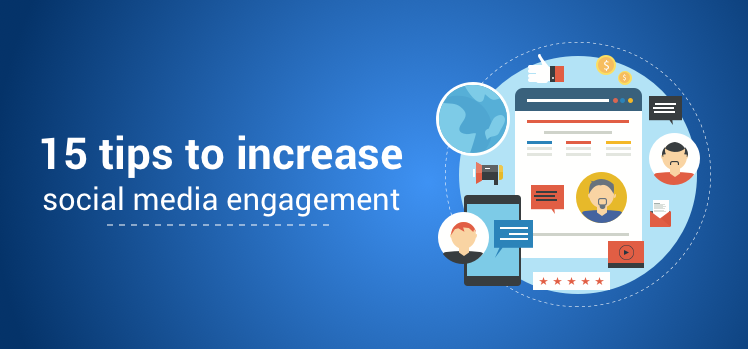How Can I Use Analytics to Improve My Email Performance?
The digital landscape is constantly evolving, and so should your email marketing strategy. Continuously testing and iterating based on analytics insights is crucial for staying ahead of the curve.

In today's competitive digital landscape, leveraging analytics to refine email marketing strategies has become an indispensable practice. Email marketing remains one of the most powerful tools for engaging with audiences, driving conversions, and building brand loyalty. However, the effectiveness of email campaigns can vary widely depending on how well they are executed. To enhance email performance, it's crucial to harness the power of analytics. This comprehensive guide will explore how you can utilize analytics to boost your email marketing efforts, ensuring your campaigns not only reach but resonate with your target audience.
Understanding Email Analytics
Before diving into actionable strategies, it’s essential to grasp what email analytics entails. Email analytics involves the collection and analysis of data related to email campaigns. Key metrics include open rates, click-through rates (CTR), conversion rates, bounce rates, and unsubscribe rates. These metrics provide insights into how recipients are interacting with your emails and can help identify areas for improvement.
Open Rates: This metric indicates the percentage of recipients who open your email. A high open rate signifies that your subject lines are compelling and your audience finds your content relevant. Conversely, a low open rate may suggest that your subject lines need to be more engaging or that your emails are ending up in spam folders.
Click-Through Rates (CTR): CTR measures the percentage of recipients who click on links within your email. This metric reflects the effectiveness of your email content and calls to action (CTAs). A higher CTR suggests that your content is engaging and your CTAs are persuasive.
Conversion Rates: This metric tracks the percentage of recipients who complete a desired action after clicking through your email. Conversions might include making a purchase, signing up for a webinar, or downloading a resource. High conversion rates indicate that your email content and landing pages are well-aligned.
Bounce Rates: Bounce rates measure the percentage of emails that cannot be delivered to the recipient’s inbox. A high bounce rate can negatively impact your sender reputation and deliverability. Monitoring bounce rates helps you maintain a clean email list.
Unsubscribe Rates: This metric indicates the percentage of recipients who opt out of receiving future emails. While some level of unsubscribes is normal, a high rate may suggest that your content is not meeting your audience's expectations.
Leveraging Analytics to Improve Email Performance
- Segment Your Audience
Analytics can provide valuable insights into the preferences and behaviors of different segments within your audience. By analyzing metrics such as open rates and CTRs across various segments, you can identify trends and tailor your content accordingly. For instance, if you notice that a particular demographic consistently engages with specific types of content, you can create targeted campaigns that cater to their interests.
Segmenting your audience also involves understanding their lifecycle stage. New subscribers might need a different approach compared to long-time customers. By leveraging data to create targeted segments, you can deliver more relevant and personalized content, increasing engagement and conversions.
- Optimize Subject Lines
The subject line of your email is one of the most critical elements influencing open rates. Analytics can help you determine which subject lines resonate most with your audience. By A/B testing different subject lines and analyzing the results, you can identify what drives higher open rates. Pay attention to factors such as length, tone, and personalization to craft compelling subject lines that capture attention.
- Enhance Email Content
Content quality is pivotal in determining the success of your email campaigns. Analytics can reveal which types of content generate the highest CTRs and conversions. By analyzing click patterns, you can identify the content that your audience finds most engaging. Use these insights to refine your email content, focusing on topics, formats, and styles that drive higher engagement.
Additionally, consider using heat maps and engagement metrics to understand which parts of your email receive the most attention. This information can guide you in optimizing the placement of CTAs and key information to enhance user experience and drive conversions.
- Refine Your Calls to Action (CTAs)
CTAs are crucial in guiding recipients toward taking the desired action. Analytics can help you assess the effectiveness of your CTAs by measuring click-through rates and conversion rates. Evaluate factors such as CTA placement, wording, and design to determine what works best for your audience.
A/B testing different CTAs allows you to compare their performance and identify the most effective approach. For example, you might test variations in wording, color, or button size to determine which CTA yields the highest engagement and conversion rates.
- Monitor and Improve Deliverability
Email deliverability is a critical aspect of email performance. Analytics can help you track bounce rates and identify issues that may affect deliverability. A high bounce rate might indicate problems with your email list quality or deliverability settings.
Regularly cleaning your email list to remove inactive or invalid addresses can help maintain a healthy sender reputation. Additionally, monitoring feedback loops and spam complaints can provide insights into potential issues affecting deliverability.
- Analyze Timing and Frequency
The timing and frequency of your emails can significantly impact their effectiveness. Analytics can help you determine the optimal times and days to send emails based on recipient engagement patterns. By analyzing open rates and CTRs at different times, you can identify when your audience is most likely to engage with your content.
Frequency analysis helps you find the right balance between staying top-of-mind and avoiding email fatigue. By monitoring unsubscribe rates and engagement metrics, you can adjust your email frequency to ensure you’re delivering value without overwhelming your audience.
- Track and Evaluate Performance Trends
Tracking performance trends over time provides valuable insights into the effectiveness of your email marketing strategy. By comparing metrics across different campaigns, you can identify patterns and trends that inform your future strategies. For instance, if you notice a consistent decline in open rates over several months, it may indicate the need for a strategic overhaul.
Evaluating performance trends also helps you understand the impact of external factors, such as changes in industry trends or seasonal variations. Use these insights to adapt your email marketing strategy and stay relevant to your audience’s evolving needs.
- Utilize Advanced Analytics Tools
To gain deeper insights into email performance, consider leveraging advanced analytics tools and platforms. These tools offer features such as advanced segmentation, predictive analytics, and comprehensive reporting. By integrating these tools into your email marketing strategy, you can access more granular data and make data-driven decisions to optimize your campaigns.
For instance, predictive analytics can help you anticipate future trends and behavior, allowing you to proactively adjust your strategy. Advanced reporting tools provide detailed breakdowns of campaign performance, enabling you to identify specific areas for improvement.
- Implement Personalization Strategies
Personalization is a key factor in improving email performance. Analytics can help you understand your audience's preferences and behavior, allowing you to create highly personalized content. Use data such as past interactions, purchase history, and browsing behavior to tailor your emails to individual recipients.
Personalization can extend beyond just addressing recipients by their first name. Consider incorporating dynamic content, personalized product recommendations, and location-based offers to enhance relevance and engagement.
- Continuously Test and Iterate
The digital landscape is constantly evolving, and so should your email marketing strategy. Continuously testing and iterating based on analytics insights is crucial for staying ahead of the curve. Conduct A/B tests on various elements of your emails, including subject lines, content, CTAs, and design.
Analyze the results of your tests and use the insights to refine your approach. By adopting a culture of experimentation and iteration, you can continually improve your email performance and achieve better results.
Incorporating analytics into your email marketing strategy is essential for optimizing performance and achieving your goals. By understanding and leveraging key metrics, you can make informed decisions to enhance your email campaigns. From segmenting your audience and optimizing content to refining CTAs and monitoring deliverability, analytics provide the insights needed to drive engagement, conversions, and overall success.
FAQs
1. What is email analytics?
Email analytics refers to the collection and analysis of data related to email campaigns. It includes key metrics such as open rates, click-through rates (CTR), conversion rates, bounce rates, and unsubscribe rates. Analyzing these metrics helps you understand how recipients interact with your emails and identify areas for improvement.
2. Why are open rates important in email marketing?
Open rates measure the percentage of recipients who open your email. They are crucial because they indicate how effective your subject lines are and whether your emails are reaching your audience's inbox. A high open rate suggests that your subject lines are compelling and your content is relevant, while a low open rate may indicate the need for improvement.
3. How can I use click-through rates (CTR) to improve my email performance?
Click-through rates (CTR) measure the percentage of recipients who click on links within your email. A higher CTR indicates that your email content and calls to action (CTAs) are engaging. To improve your CTR, analyze which content and CTAs drive the most clicks and adjust your email content accordingly.
4. What should I do if my bounce rate is high?
A high bounce rate indicates that a significant percentage of your emails are not being delivered to recipients' inboxes. To address this, regularly clean your email list to remove inactive or invalid addresses. Additionally, review your email deliverability settings and ensure that your emails comply with best practices to maintain a good sender reputation.
5. How can I reduce unsubscribe rates?
Unsubscribe rates show the percentage of recipients who opt out of receiving future emails. To reduce unsubscribe rates, focus on delivering valuable and relevant content that meets your audience's expectations. Segment your audience to provide tailored content and avoid overwhelming them with too many emails.
6. What role does segmentation play in improving email performance?
Segmentation involves dividing your audience into distinct groups based on factors like demographics, behavior, or lifecycle stage. By analyzing data from different segments, you can tailor your content to better match each group’s preferences and needs, leading to higher engagement and conversions.
7. How can I optimize my email subject lines using analytics?
To optimize subject lines, use analytics to track open rates for different subject lines. Conduct A/B tests to compare various subject lines and determine which ones generate higher open rates. Pay attention to factors such as length, tone, and personalization to craft more compelling subject lines.
8. What is the importance of personalization in email marketing?
Personalization involves tailoring email content to individual recipients based on their preferences, behavior, and past interactions. Analytics can help you understand your audience’s preferences, allowing you to create highly relevant and engaging content. Personalization enhances the recipient’s experience and increases the likelihood of engagement and conversions.
9. How can I use advanced analytics tools to improve my email performance?
Advanced analytics tools offer features such as predictive analytics, advanced segmentation, and comprehensive reporting. These tools provide deeper insights into your email performance, allowing you to make data-driven decisions and refine your strategy. By integrating these tools, you can gain a more granular understanding of your audience and optimize your email campaigns more effectively.
10. What is the significance of tracking performance trends in email marketing?
Tracking performance trends helps you understand the long-term effectiveness of your email marketing strategy. By comparing metrics across different campaigns and time periods, you can identify patterns and adjust your strategies accordingly. Performance trends provide insights into how external factors, such as industry changes or seasonal variations, impact your email campaigns.
11. How often should I test and iterate my email campaigns?
Regular testing and iteration are crucial for optimizing email performance. Conduct A/B tests on various elements of your emails, such as subject lines, content, and CTAs, and analyze the results to refine your approach. Continuously testing and adapting your strategy helps you stay relevant and responsive to changes in audience preferences and industry trends.
Get in Touch
Website – https://www.webinfomatrix.com
Mobile - +91 9212306116
Whatsapp – https://call.whatsapp.com/voice/9rqVJyqSNMhpdFkKPZGYKj
Skype – shalabh.mishra
Telegram – shalabhmishra
Email - info@webinfomatrix.com
What's Your Reaction?






















.jpg)